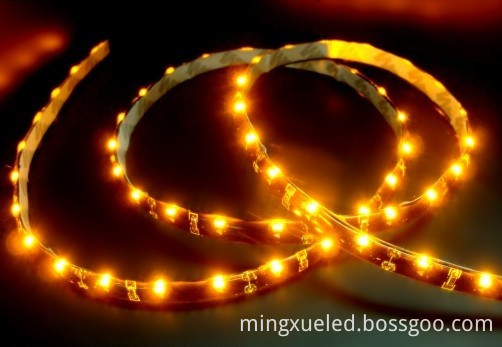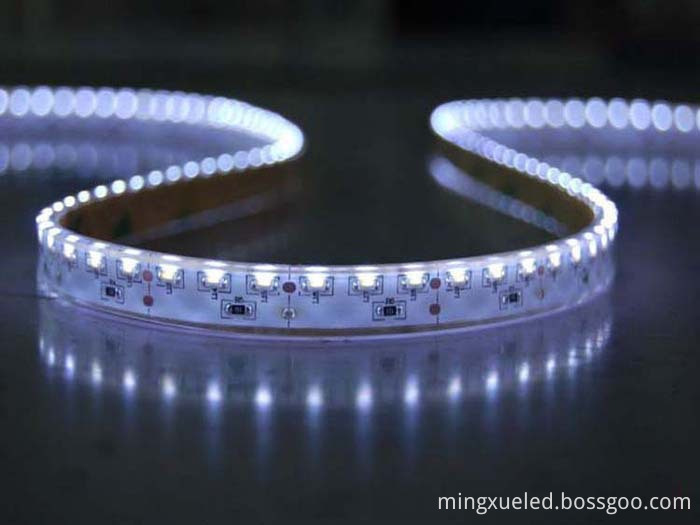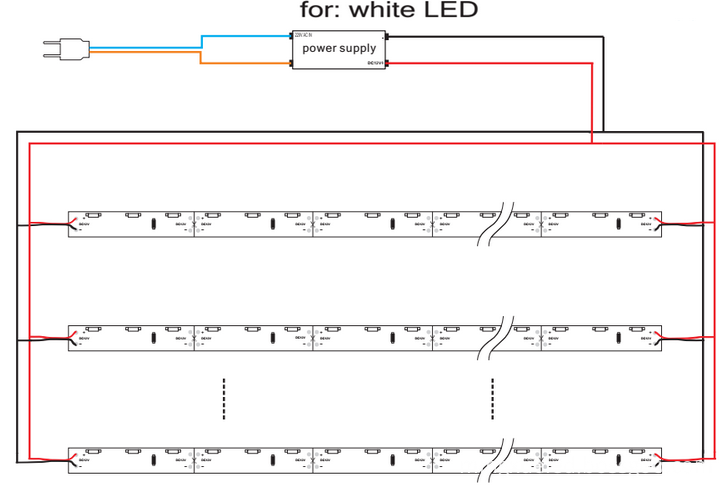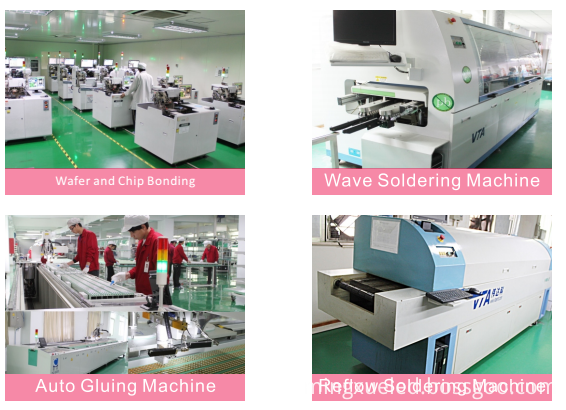Talking about the performance characteristics of the new LED full color display The brightness is strong. When the sunlight is directly on the screen surface within the visible distance, the display content is clearly visible. Super gray control has 1024-4096 gray level control, the display color is 16.7M or more, the color is clear and vivid, and the stereoscopic effect is strong. Static scanning technology uses static latch scanning mode, high power drive, fully guarantee the brightness of the light. Automatic brightness adjustment with automatic brightness adjustment for optimal playback in different brightness environments. Fully adopting imported large-scale integrated circuits, the reliability is greatly improved, and it is easy to debug and maintain. All-weather work fully adapts to various harsh outdoor environments, anti-corrosion, waterproof, moisture-proof, lightning-proof, strong overall performance, high cost performance, good display performance, pixel tube can be used in P10mm, P16mm and other specifications. Shenzhen LED full color display Manufacturer _ Kaiman Photoelectric Co., Ltd. Advanced digital video processing, technical distributed scanning, modular design / constant current static drive, automatic brightness adjustment Super bright solid pixel Clear image, no jitter and ghosting, eliminating distortion Video, animation, graphics, text, pictures and other information display, network display, remote control. LED color and process manufacturing LED materials, can produce photons with different energy, which can control the wavelength of light emitted by LED , that is, the spectrum or color. The material used in the first LED in history is arsenic (As) gallium (Ga), and its forward PN junction voltage drop (VF, which can be understood as lighting or operating voltage) is 1.424V, and the emitted light is infrared spectrum. . Another commonly used LED material is phosphorous (P) gallium (Ga), which has a forward PN junction voltage drop of 2.261V and emits green light. 3. Based on these two materials, the early LED industry used GaAs1-xPx material structure to theoretically produce LEDs from infrared light to any wavelength in the green range. The subscript X represents the percentage of phosphorus replaced by arsenic. The wavelength of the LED is typically determined by the PN junction voltage drop. Among them, GaAs0.6P0 is typical. 4 red LEDs, GaAs0.35P0.65 orange LEDs, GaAs0.14P0.86 yellow LEDs, etc. Since the manufacturing uses three elements of gallium, arsenic and phosphorus, these LEDs are commonly referred to as three-element luminous tubes. The GaN (gallium nitride) blue LED, the GaP green LED, and the GaAs infrared LED are called two-element LEDs. The latest technology is a four-element LED made of four elements of AlGaInN mixed with aluminum (Al), calcium (Ca), indium (In) and nitrogen (N). It can cover all visible light and some UV. The spectral range of light. Luminous intensity: LED full color display 4. Luminous intensity is measured in units of illuminance (lux), luminous flux units (lumen Lumen), and luminous intensity units (candle power) 5. 1CD (candle light) refers to the luminous intensity of a completely radiated object at an area of ​​one-sixth of a square centimeter at the freezing point of platinum. (Formerly a whale oil candle with a diameter of 2.2 cm and a mass of 75.5 grams, burning 7.78 grams per hour, a flame height of 4.5 cm, luminous intensity along the horizontal direction) 6. 1L (lumen) refers to the luminous flux of a 1 CD candle illuminated on a plane with a distance of 1 cm and an area of ​​1 cm 2 . 7. 1Lux refers to the illuminance of 1L of luminous flux evenly distributed over an area of ​​1 square meter. 8. Generally, the active illuminant adopts the illumination intensity unit candle CD, such as incandescent lamp, LED, etc.; the reflective or penetrating type object uses the luminous flux unit lumen L, such as LCD projector, etc.; and the illuminance unit Lux Lux, generally used for photography And other fields. The three units of measure are numerically equivalent, but need to be understood from different angles. For example, if the brightness (light flux) of an LCD projector is 1600 lumens, and the size of the projection to the total reflection screen is 60 inches (1 square meter), the illumination is 1600 lux, assuming that the light exits from the light source 1 In centimeters, the area of ​​the light exit is 1 square centimeter, and the luminous intensity of the light exit is 1600CD. The true LCD projector, due to loss of light propagation, loss of reflection or light-transmissive film, and uneven distribution of light, will greatly reduce the brightness, and generally 50% efficiency is very good. 9. In actual use, light intensity calculations often use data units that are easier to map or use. For the LED full-color display, the active illuminator generally adopts CD/square meter as the unit of luminous intensity, and the observation angle is used as an auxiliary parameter, which is equivalent to the illuminance unit of the screen surface; this value is effective with the screen body. The display area is multiplied to obtain the luminous intensity of the entire screen at the optimal viewing angle. If the luminous intensity of each pixel in the screen is constant within the corresponding space, this value can be considered as the luminous flux of the entire screen. Generally, the outdoor LED display must have a brightness of more than 4000CD/m2 to have an ideal display effect under daylight. Ordinary indoor LED, the maximum brightness is about 700 ~ 2000 CD / square meter. The luminous intensity of a single LED is in units of CD, and is equipped with a viewing angle parameter. The luminous intensity has no relationship with the color of the LED. The luminous intensity of a single tube varies from a few mCD to five thousand mCD. The luminous intensity given by the manufacturer of the LED full-color display refers to the point at which the LED illuminates at a current of 20 mA, and the maximum luminous intensity at the optimum viewing angle and center position. The shape of the top lens and the position of the LED chip from the top lens when packaging the LED determine the LED viewing angle and intensity distribution. Generally speaking, the larger the LED viewing angle is, the smaller the maximum luminous intensity is, but the luminous flux accumulated on the entire three-dimensional hemisphere is unchanged. 10. When multiple LEDs are discharged in a tighter manner, the illuminating spheres are superimposed on each other, resulting in a uniform distribution of the luminous intensity of the entire illuminating plane. When calculating the luminous intensity of the display screen, it is necessary to multiply the maximum point luminous intensity value provided by the manufacturer by 30% to 90% according to the LED viewing angle and the emission density of the LED as the average luminous intensity of the single tube. 11. The general LED has a long luminescence lifetime. The manufacturer generally indicates that it is more than 100,000 hours. Actually, you should pay attention to the brightness decay period of the LED. For example, most of the UR red tubes used for the taillights of the car are illuminated for ten to several tens of hours. The brightness is only half of the original. The brightness decay period has a lot to do with the material process of the LED full color display. Generally, when the economic conditions permit, the four element LED with slower brightness attenuation should be selected. Color matching, white balance: 12. White is a mixture of red, green and blue colors according to the brightness ratio. When the brightness of green light is 69%, the brightness of red is 21%, and the brightness of blue is 10%, the human eye feels after mixing. pure white. However, the chromaticity coordinates of the LED red, green and blue colors cannot achieve the full chromatographic effect due to the process and the like, and the control primary colors include the brightness of the biased primary colors to obtain white light, which is called color matching. 13. Before color matching for LED full color display, in order to achieve the best brightness and the lowest cost, LED devices with three primary colors with a luminous intensity of approximately 3:6:1 should be selected to form pixels. 14. White balance requires that the three primary colors are still pure white synthesized at the same gray value. 15. Primary color, primary color: 16. Primary colors refer to the basic colors that can be combined into various colors. The primary colors in the shade are red, green, and blue. The lower graph is the spectrum table. The three vertices in the table are the ideal primary wavelengths. If there is a deviation in the primary colors, the area where the color can be synthesized will be reduced, and the triangles in the spectrum table will be reduced. From a visual point of view, the color will not only be biased, but also the degree of richness will be reduced. 17. The red, green and blue lines emitted by LEDs are roughly classified into purple, pure red, orange red, orange, orange, yellow, yellow green, pure green, emerald green, blue green, pure blue, blue purple, etc. according to their different wavelength characteristics. Orange red, yellow green, blue and purple are much cheaper than pure red, pure green and pure blue. Green is the most important of the three primary colors, because green occupies 69% of the brightness in white and is at the center of the color horizontal row list. Therefore, when weighing the relationship between color purity and price, green is an important consideration.
Smd335 Led Strip Light Introduction:
1.SMD335 Led Strip light bar
use:
We focus on LED area, is a high-tech lighting enterprise deal in develop, produce and sales.
Our R & D team can handle highly customized designs and offer OEM and ODM services.
SMD335 Led Strip Light Smd335 Led Strip Light,12V Smd335 Led Strip Light,Smd335 Led Strip Light Waterproof,High Lumen Smd335 Led Strip Light Shenzhen Mingxue Optoelectronics CO.,Ltd , https://www.led-lamp-china.com
2. Size: Length Width 8mm 1000*
3.LED specification: 335SMD*60PCS
4. Voltage: DC12V
5. Power: 3.6W
6. Luminous flux: 270-300LM
7. Color: White (various colors red, yellow, green, blue, amber, etc. can be)
8. Packing: card loaded or static bag
9. Warranty: One year (under normal use)


SMD335 Led Strip Light Product Features:
1. The use of very soft PCB board as a substrate, ultra-bright SMD LED as luminous body.
2. SMD335 LED Strip Light can be bent, stable and reliable quality
3. Every three LED as a group, can be based on the length requirement, cut in between each unit
4. The anti-oxidation, anti-ultraviolet radiation and long-term use does not change color
5. The silicone transparent waterproof connector can easily connect and totally waterproof
6. IP water level (optional IP68, IP66, IP65,) optional
SMD335 Led Strip Light can be used in interior decoration, automotive lighting and other projects.


Owns DIP LED, SMD LED professional production lines and LED lighting products lines, the produce volume per month for DIP LED,SMD LED is 50 million pieces, for LED flexible strip light is 500 thousands meters, for SMD335 Led Strip Light for car is about 200 thousands pairs, for LED tube light is 50 thousands pieces, for LED Spotlights are 200 thousands pieces, for LED ceiling light are 50 thousands pieces.
Mingxue Optoelectronics Co.,Ltd. has apply the I S O 9 0 0 1: 2 0 0 8 international quality management system certificate, for SMD335 Led Strip Light, we apply the CE, RoHS and SAA certificate for our led lighting product.
We hope to set up a long-term partnership with you through our high quality products and our Sincere Service!

